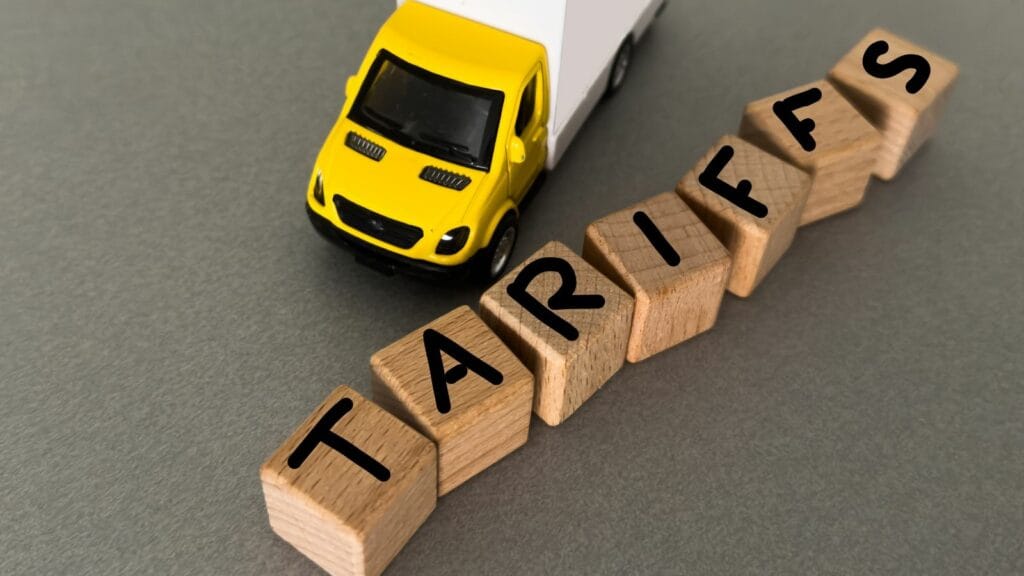As tariff negotiations drag on and cross-border tensions heat up, Canadian drivers are bracing for serious sticker shock in 2025. From imported sedans to everyday parts and electric vehicle components, the new wave of auto tariffs threatens to raise costs across the entire industry. Whether you’re leasing a compact or servicing a truck, chances are you’ll feel the pinch in unexpected ways. Here are 22 auto tariffs that could hit Canadian wallets hardest in 2025:
10% Tariff on U.S.-Made SUVs
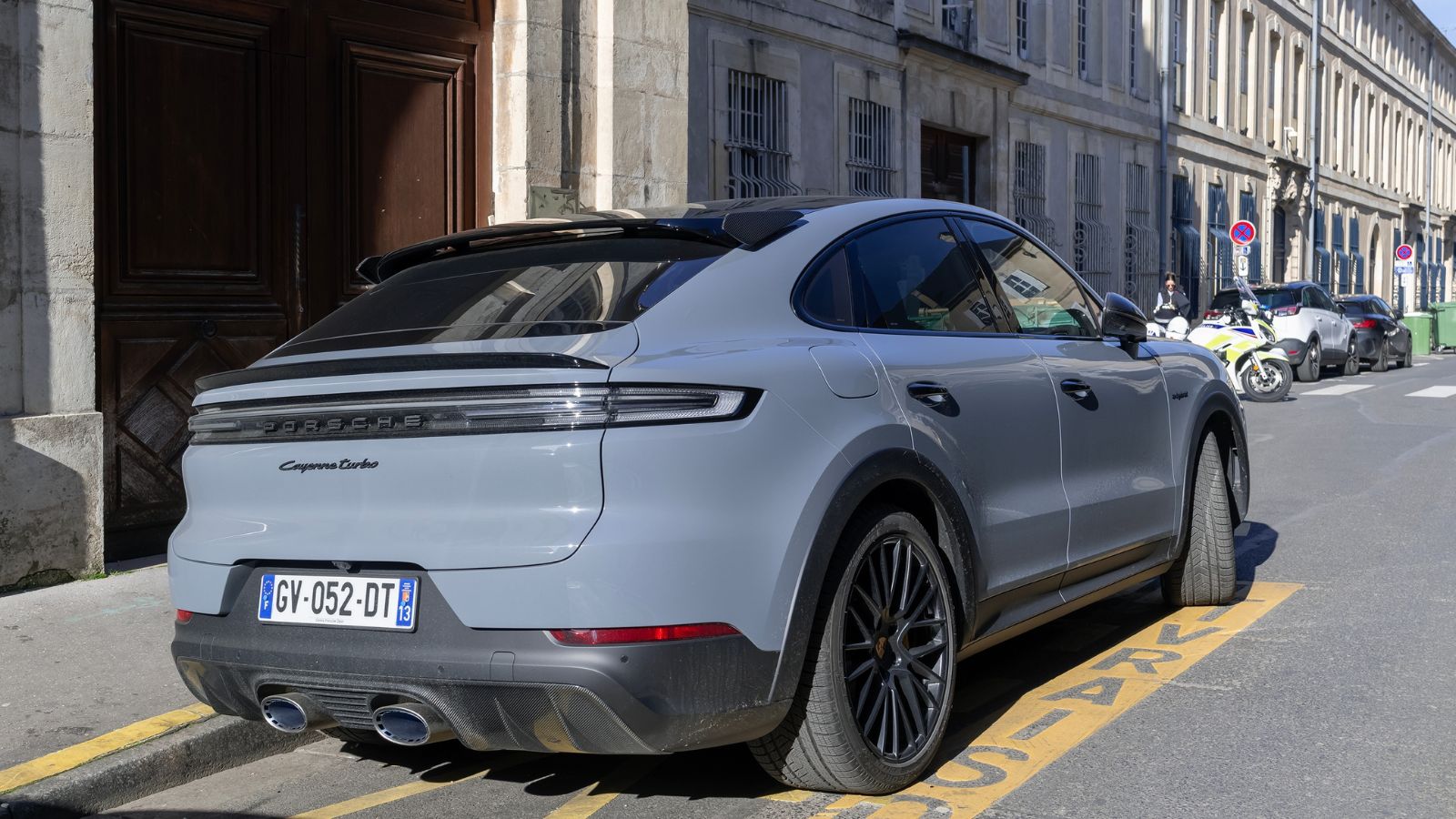
SUVs assembled in the U.S., like the Ford Explorer and Jeep Grand Cherokee, may face a 10% import tariff, which could raise sticker prices by over $4,000 for mid-tier trims, pushing them out of reach for many Canadian families. Even pre-owned models will likely follow the inflation curve. Dealers warn that supply chains could tighten, reducing incentives and stretching wait times. With SUVs remaining a top pick for Canadian winters and growing families, this tariff could force buyers into smaller, less capable alternatives or delay purchases entirely.
12% Duty on Korean EV Batteries

Imported EV batteries from South Korea are facing a proposed 12% duty, and that spells trouble for vehicles like the Hyundai Ioniq 5 and Kia EV6. These advanced lithium-ion packs are already expensive, and a tariff could spike EV prices by $3,000–$5,000, depending on trim and battery size. That’s a brutal hit for Canadians banking on federal rebates to make EVs more affordable. For fleet buyers and early adopters, the new costs may make gas-powered vehicles look appealing again, threatening Canada’s climate goals and slowing adoption right when momentum is building.
15% Tariff on Japanese Auto Parts
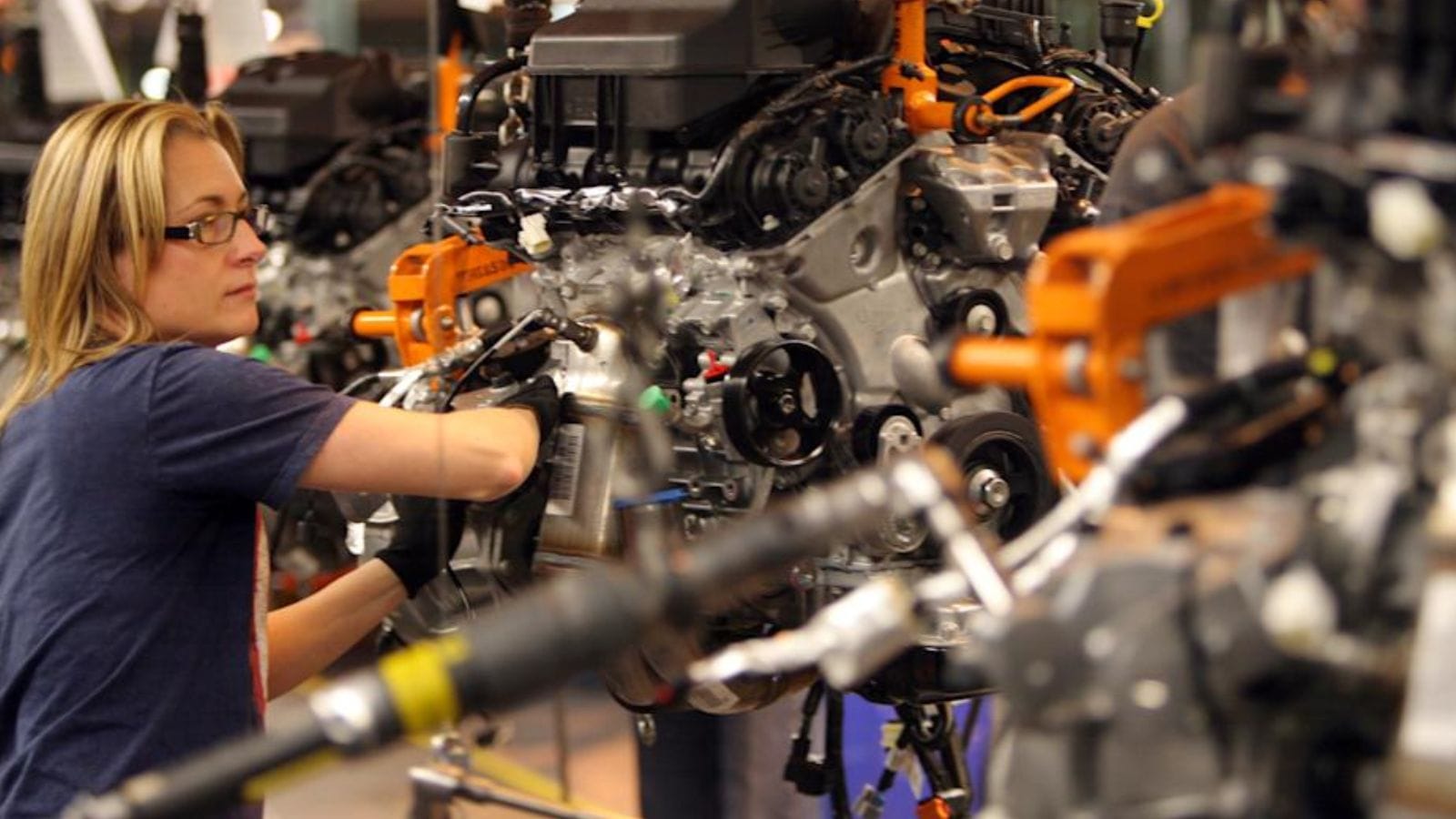
Japanese parts like transmissions, fuel injectors, and engine sensors are used widely, even in North American-assembled vehicles. A 15% tariff could mean higher repair costs for popular brands like Toyota, Honda, Subaru, and Mazda. Mechanics warn of delayed part shipments, higher labor times, and bigger final bills. At the same time, for Canadian drivers who count on Japanese cars for reliability and budget-friendly maintenance, the tariff would hit hardest at the repair shop, especially as warranty coverage ends and older models start to show wear.
5% Surtax on German Luxury Brands

Audi, BMW, and Mercedes-Benz could face a new 5% surtax in 2025, aimed at leveling the playing field for domestic automakers. But in practice, the price hike will fall directly on Canadian buyers. Even entry-level models like the BMW 3 Series or Audi Q3 could jump by $2,500 or more, while high-end trims could skyrocket by five figures. For many, leasing used to soften the financial blow, but even lease rates will rise as residual values get reassessed, while the tariff turns luxury into a shrinking market in Canada.
20% Tariff on Chinese EVs
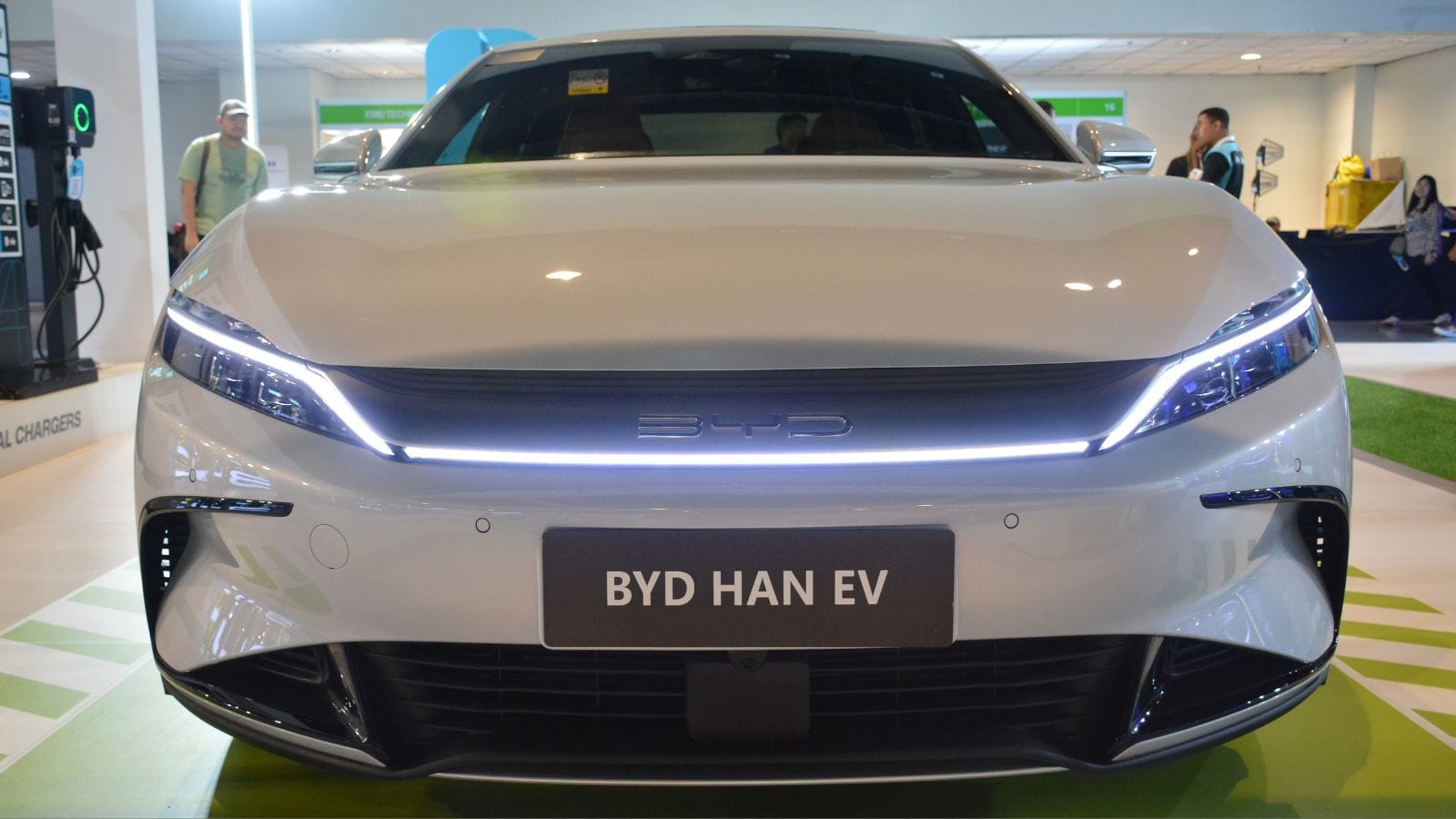
The Canadian government is weighing a 20% tariff on Chinese-made electric vehicles to counter aggressive pricing. That would hit brands like BYD and MG, both of which are gaining traction with affordable, tech-loaded EVs. A $40,000 car could cost $48,000 or more, even before taxes and delivery. Critics argue the tariff protects legacy brands, but consumers looking for cost-effective EVs are the most affected. As competition tightens and demand grows, this move could limit innovation and reduce affordability just as EV adoption was accelerating.
8% Increase on Cross-Border Service Parts
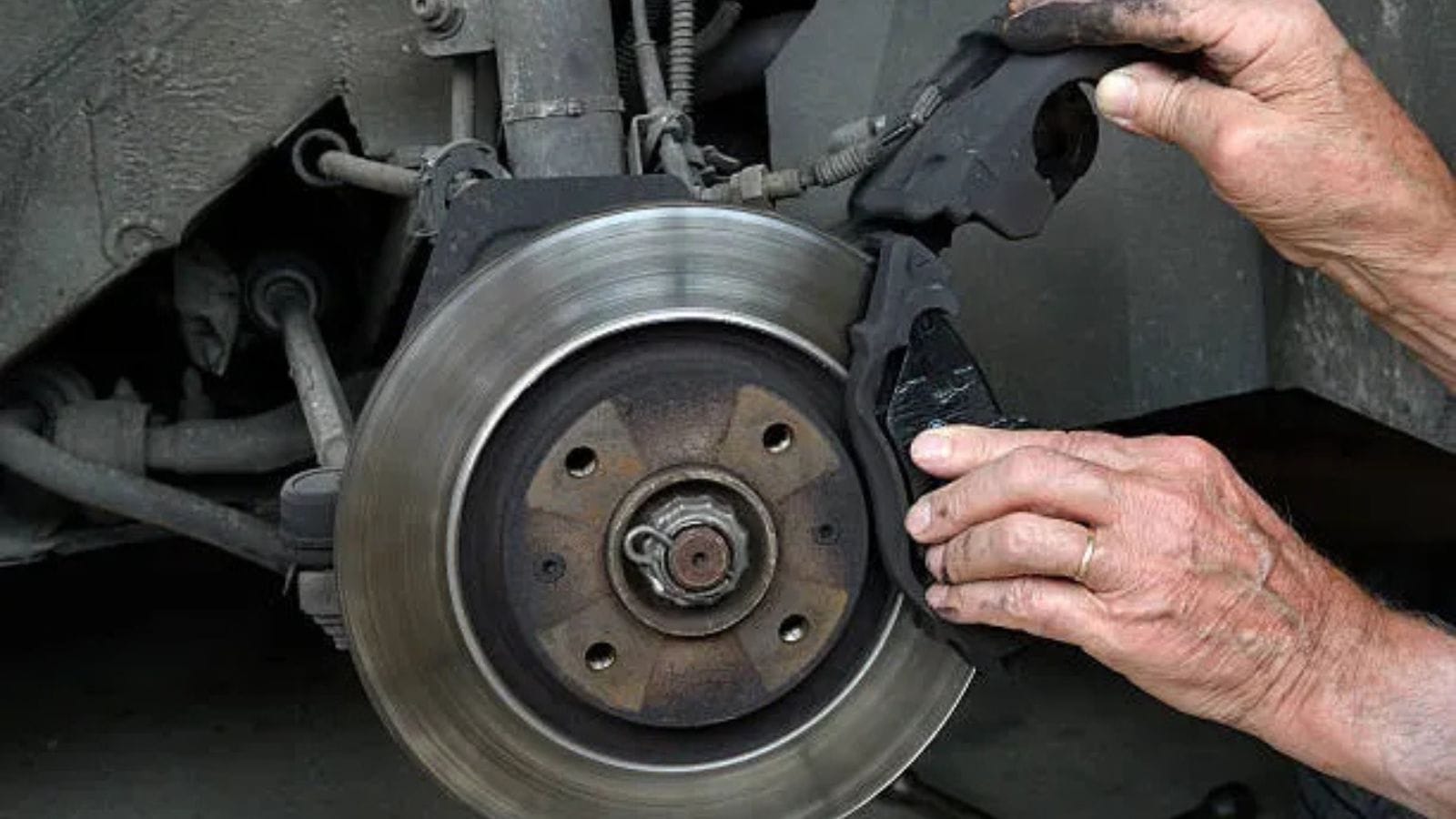
Many dealerships and independent shops import service parts from the U.S., including brake pads, oil filters, and spark plugs. A proposed 8% tariff on these essentials could cause parts costs to rise by 10–15% by mid-2025. While it may sound modest, those increases trickle down to routine maintenance bills, especially for older cars. For the average Canadian driver, it could mean an extra $100–$300 annually to keep their vehicle running, and even more for high-mileage drivers or families with multiple vehicles.
10% Tariff on Mexican-Built Trucks
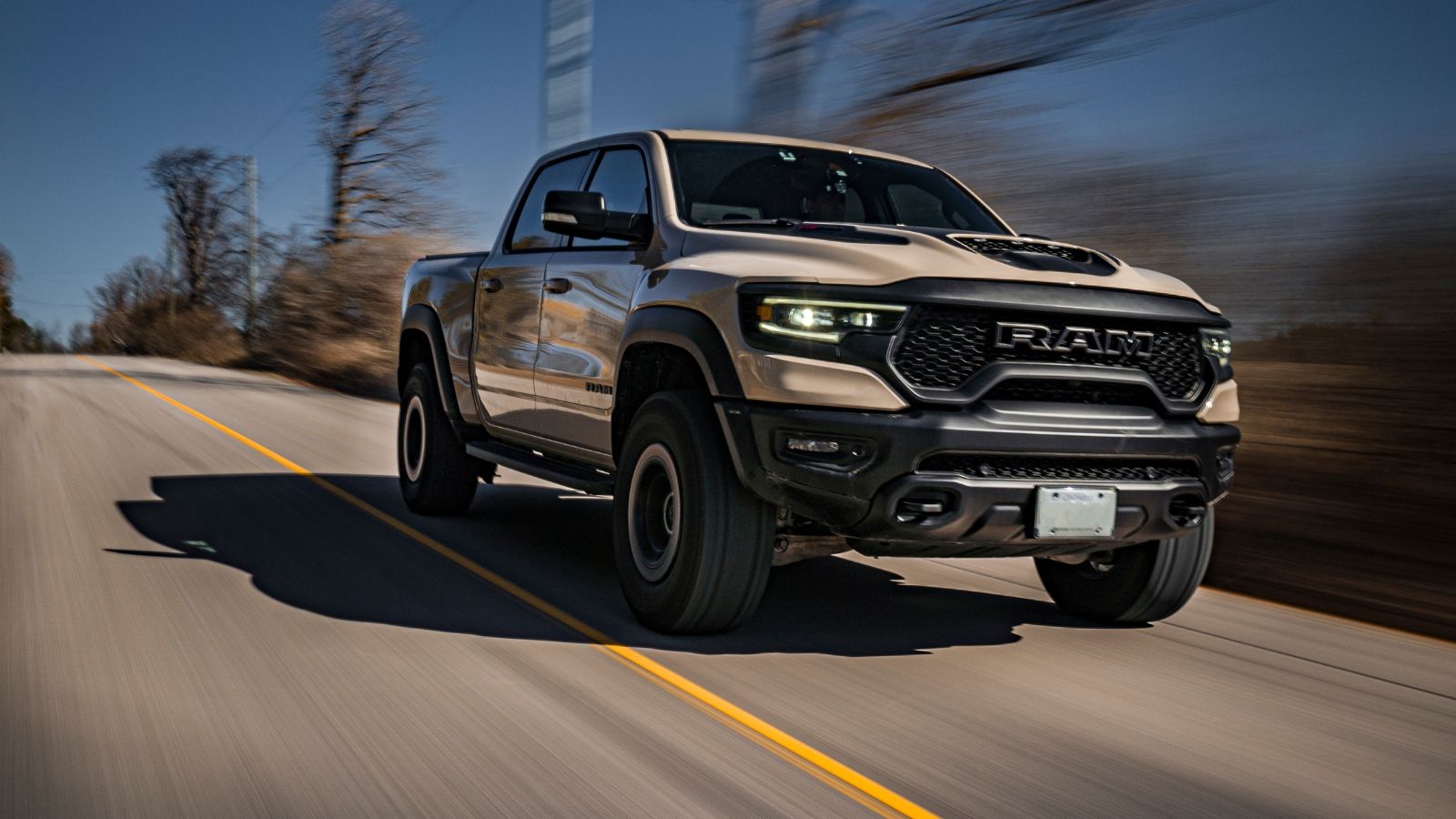
Full-size pickups assembled in Mexico, like the Ram 1500 Classic and Chevrolet Silverado, are facing a potential 10% tariff that could add thousands to sticker prices. With trucks already commanding premium pricing, this change would push many trims out of budget territory for working Canadians. Fleet managers and small business owners could be hit especially hard, with fewer rebates, tighter inventories, and higher monthly payments, and truck-dependent industries across Alberta, Saskatchewan, and rural Ontario may see ripple effects far beyond the showroom floor.
6% Duty on Korean Hybrid Components
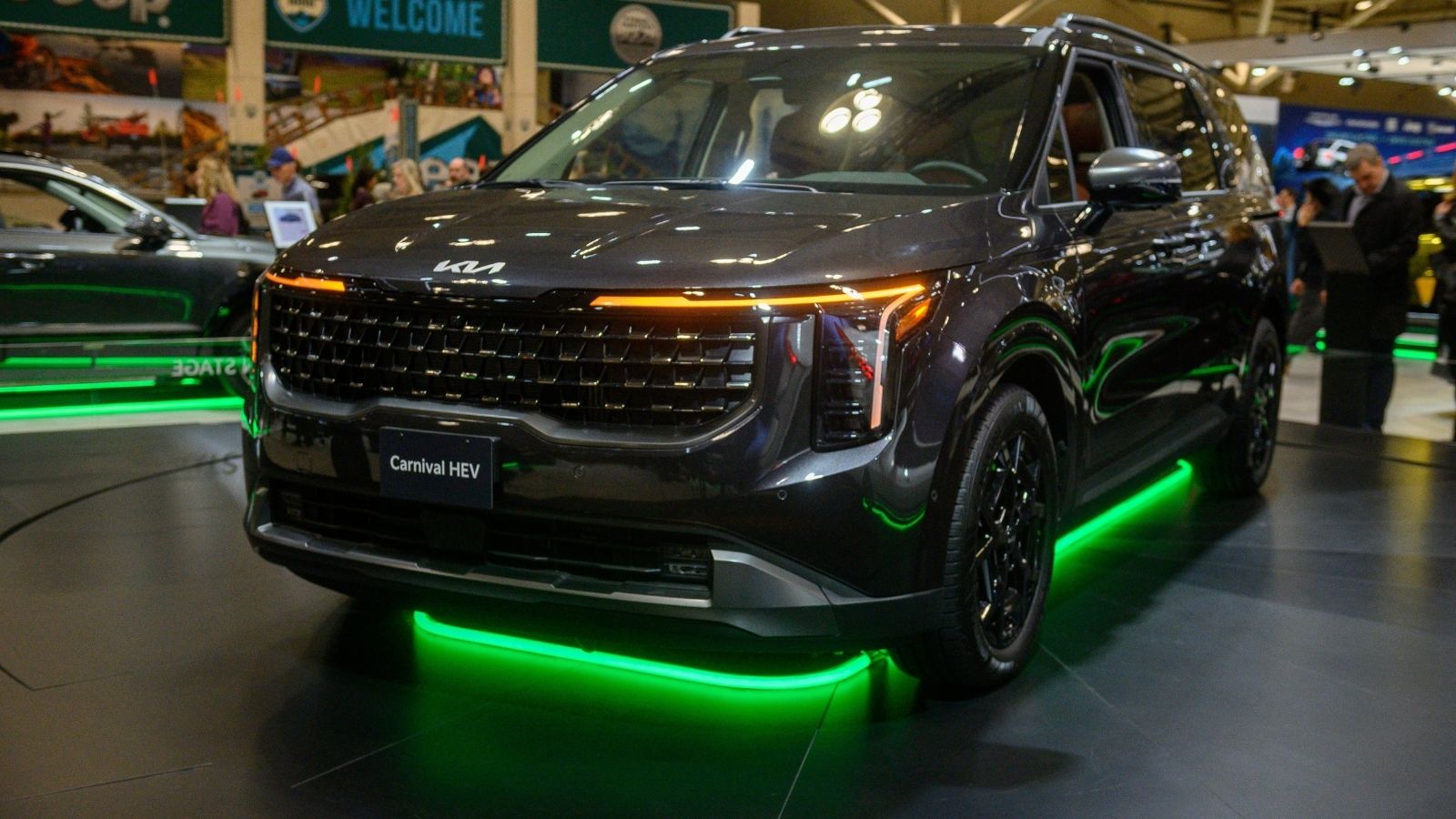
Hybrid tech from South Korea, including control modules and regenerative braking systems, is critical to vehicles like the Hyundai Tucson Hybrid and Kia Niro. A 6% tariff could nudge these eco-friendly models into the pricing territory of small luxury crossovers, removing their value edge. It also risks delaying Canada’s plan to reduce emissions by reducing affordability for hybrid-curious families, and with gas prices fluctuating and new vehicle interest rates climbing, even a modest tariff can tip the scales for buyers on the fence.
9% Tariff on Performance Parts
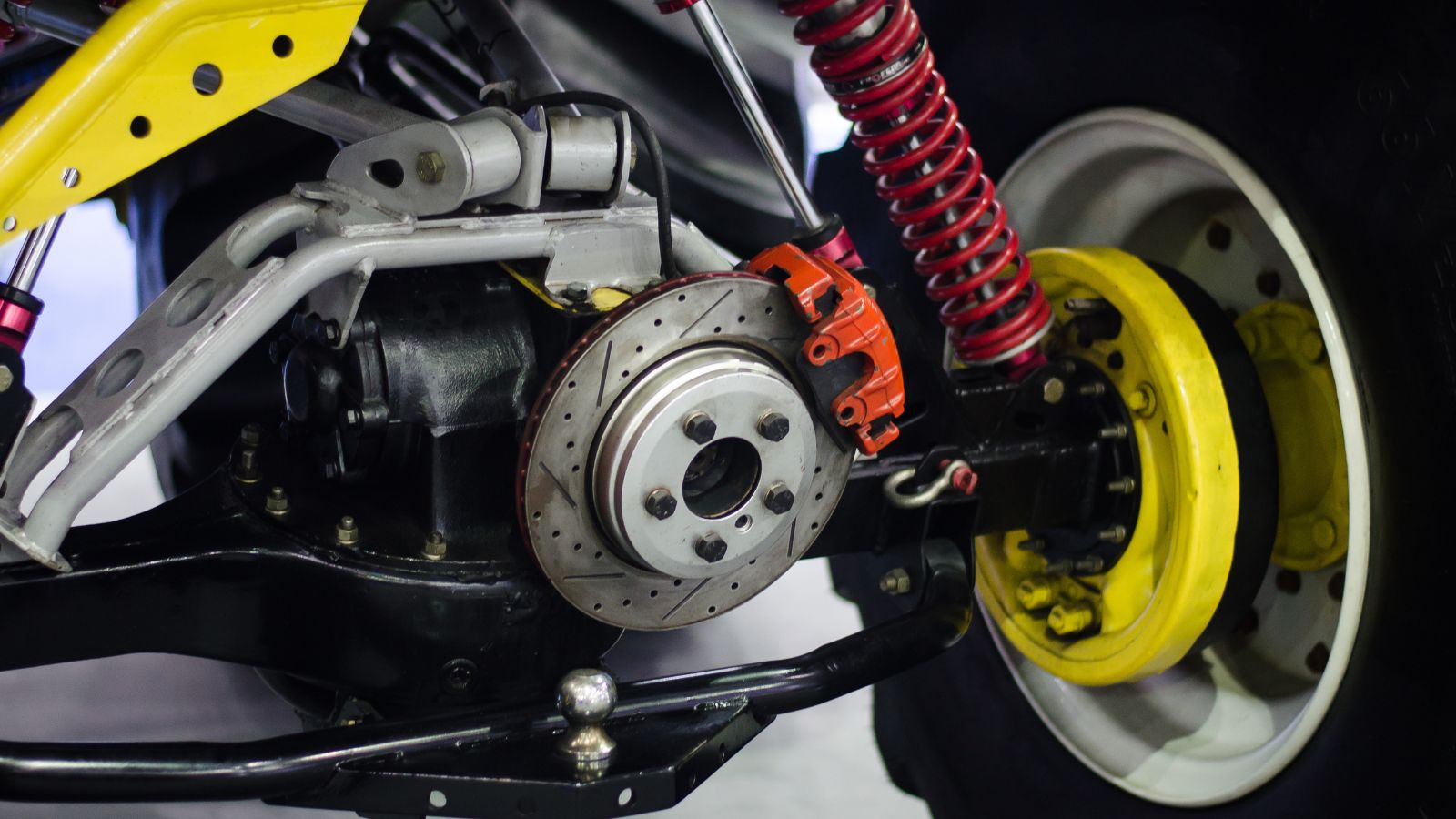
Aftermarket performance parts, like exhaust upgrades, turbo kits, and suspension systems, are already a niche but passionate part of Canada’s auto market. A 9% tariff on performance imports from the U.S. and Europe could spike modification costs dramatically. Custom builds, track cars, and even minor upgrades will see price hikes across the board. Enthusiasts warn the tariffs won’t just hurt their wallets, as they could shrink local businesses that specialize in installations or tuning, causing a ripple effect that could impact everything from small garages to national events.
5% Hike on Commercial Van Imports
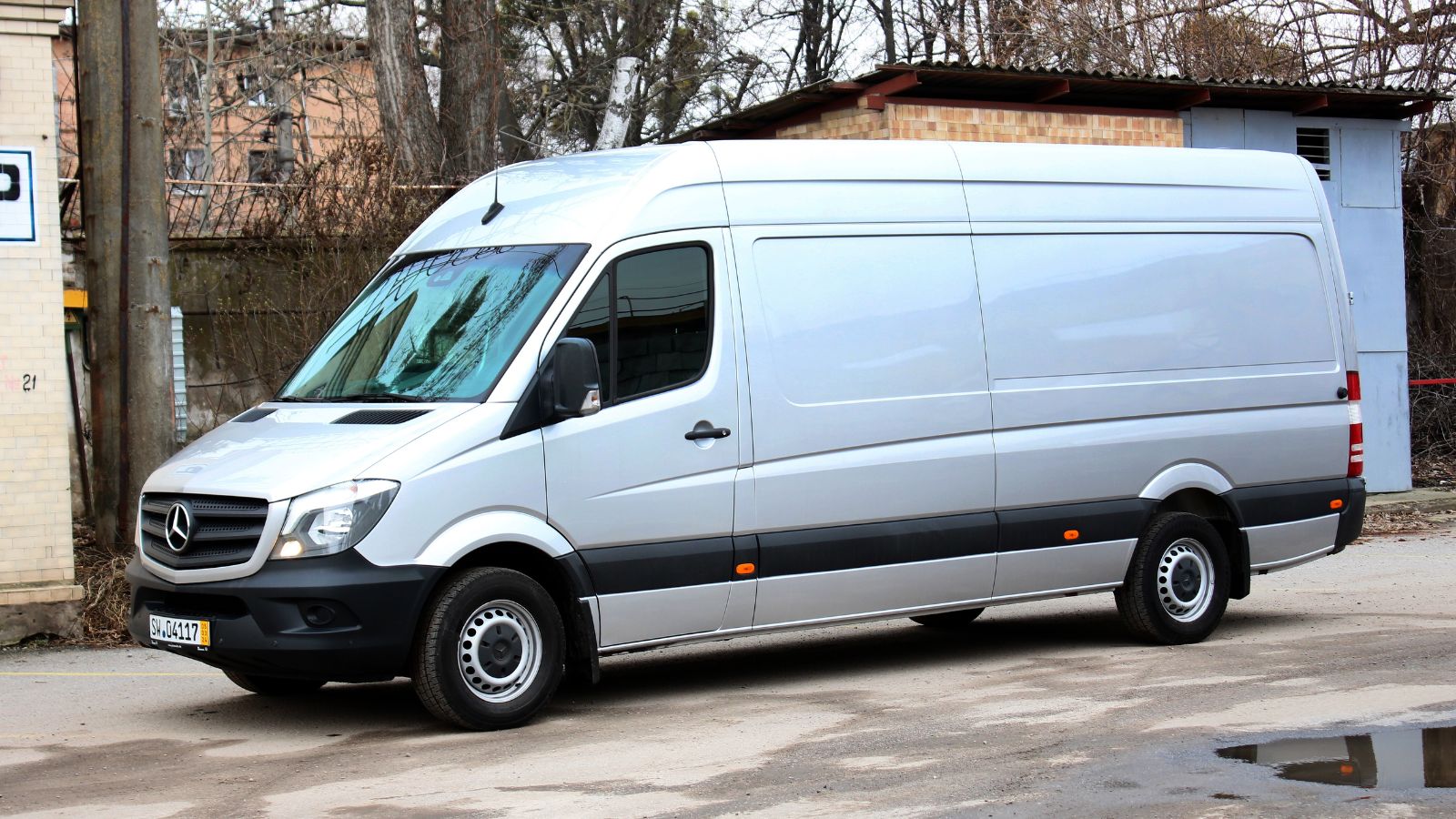
Businesses that rely on commercial vans like the Ford Transit or Mercedes-Benz Sprinter may soon pay 5% more due to new tariff rules on utility vehicle imports. That could add $2,000–$4,000 to new van purchases, which are costs that often get passed down to consumers. Plumbers, electricians, and delivery services will need to factor in higher monthly payments and reduced upgrade cycles. For smaller operations with thin margins, the hike could delay much-needed fleet refreshes, ultimately impacting service reliability across Canadian cities.
7% Tariff on Aluminum Auto Panels
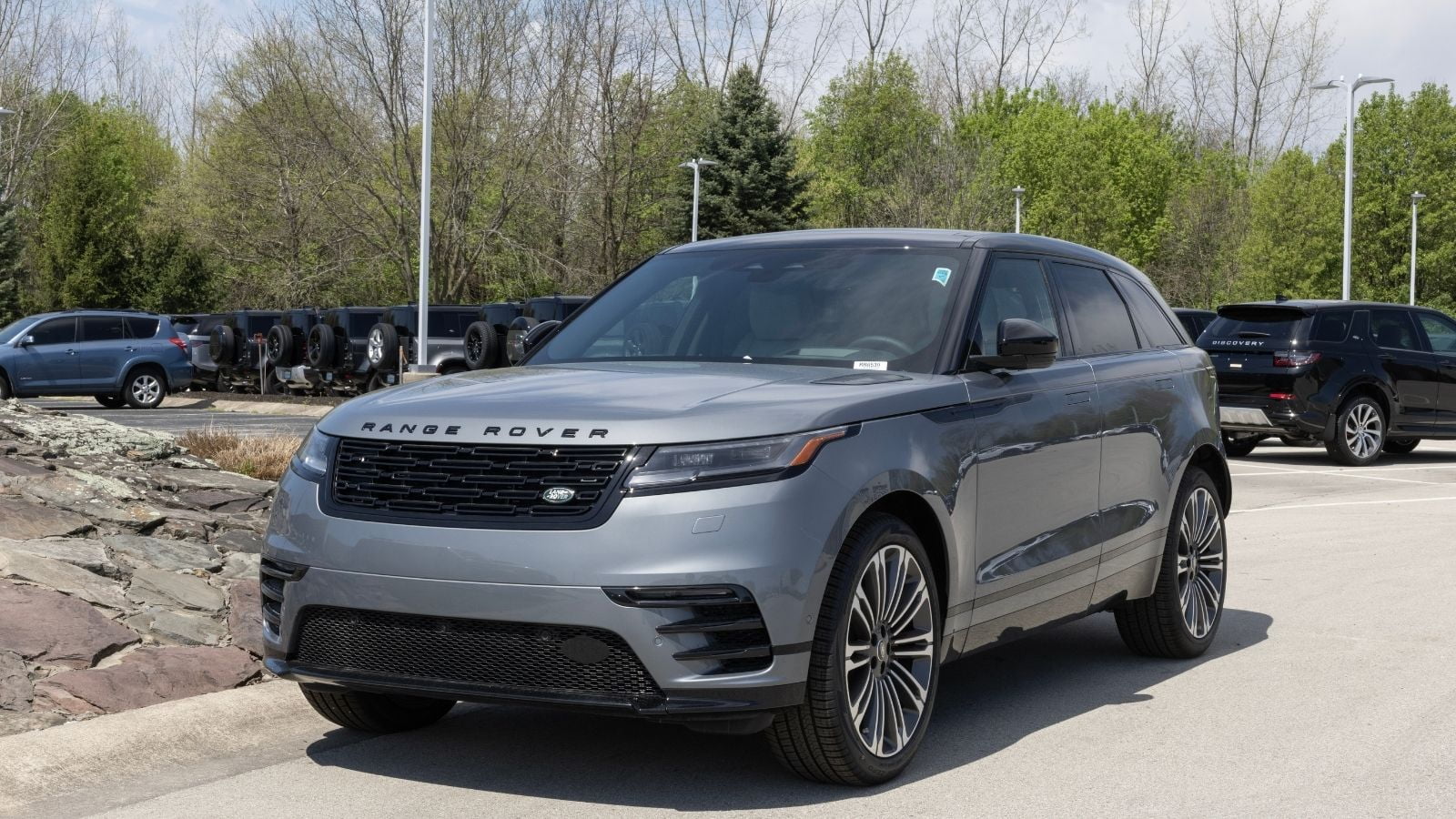
With aluminum used heavily in the bodies of vehicles like the Ford F-150 and Range Rover Sport, a 7% tariff on imported aluminum panels could add thousands in production costs. That means higher prices at the dealer and pricier collision repairs for Canadian drivers. Insurance companies are already predicting an increase in premiums for aluminum-heavy vehicles. At the same time, the tariff also affects manufacturers who rely on cost-effective imports to keep their builds lightweight and fuel-efficient. For buyers prioritizing fuel economy, this tariff could quietly undercut both affordability and performance.
14% Duty on Infotainment Systems
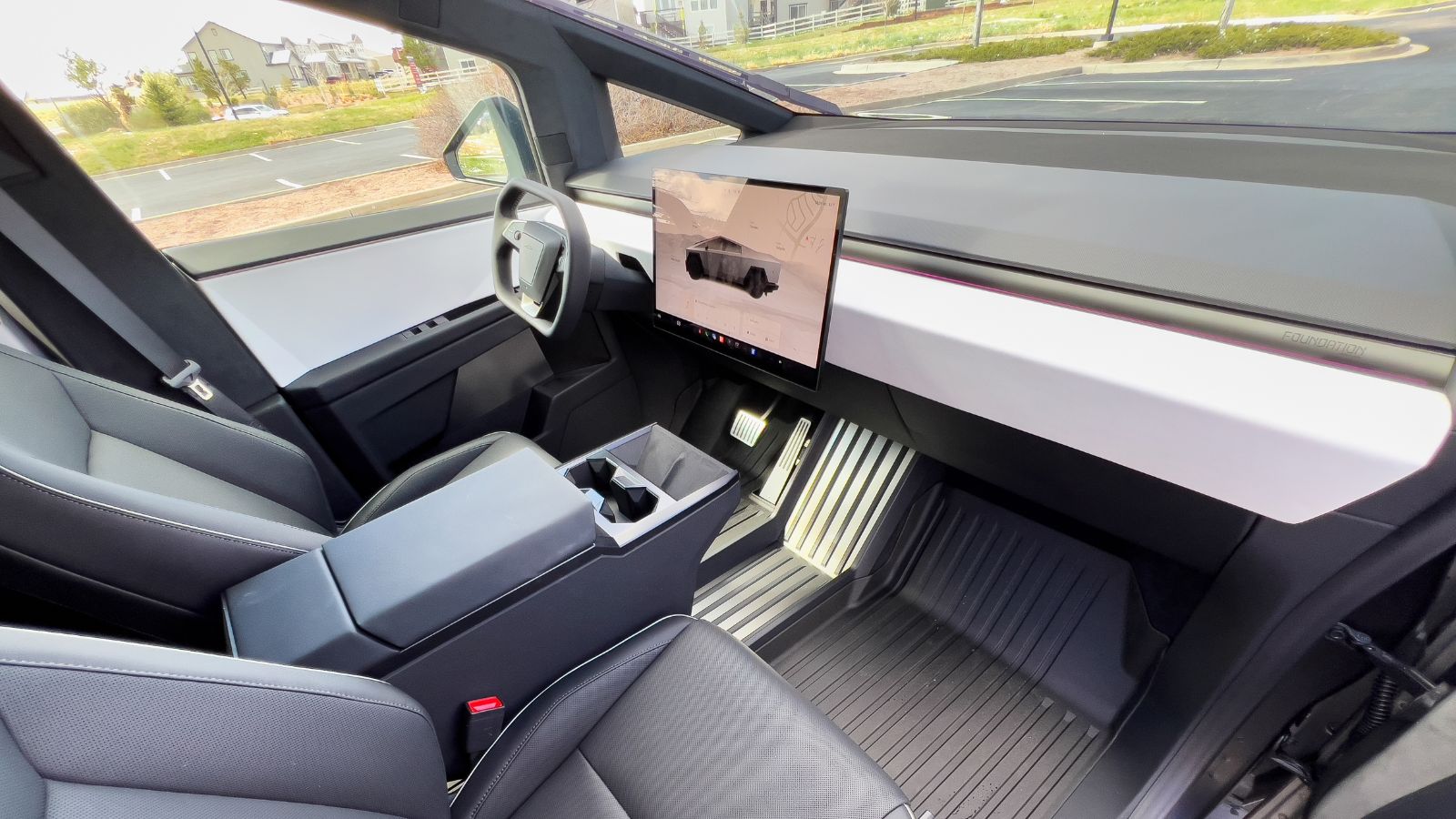
Many popular vehicles, especially imports, source their infotainment units from Asia or Europe. A proposed 14% duty on these high-tech systems could result in fewer features for more money. Expect to see pared-down trims or rising costs for once-standard features like large touchscreens, wireless Apple CarPlay, and premium audio. For tech-savvy Canadian drivers used to getting modern amenities at mid-tier prices, this tariff could represent a frustrating step backward, and brands may start stripping down base models, creating a wider gap between entry-level and luxury versions.
9% Surcharge on Aftermarket Tires
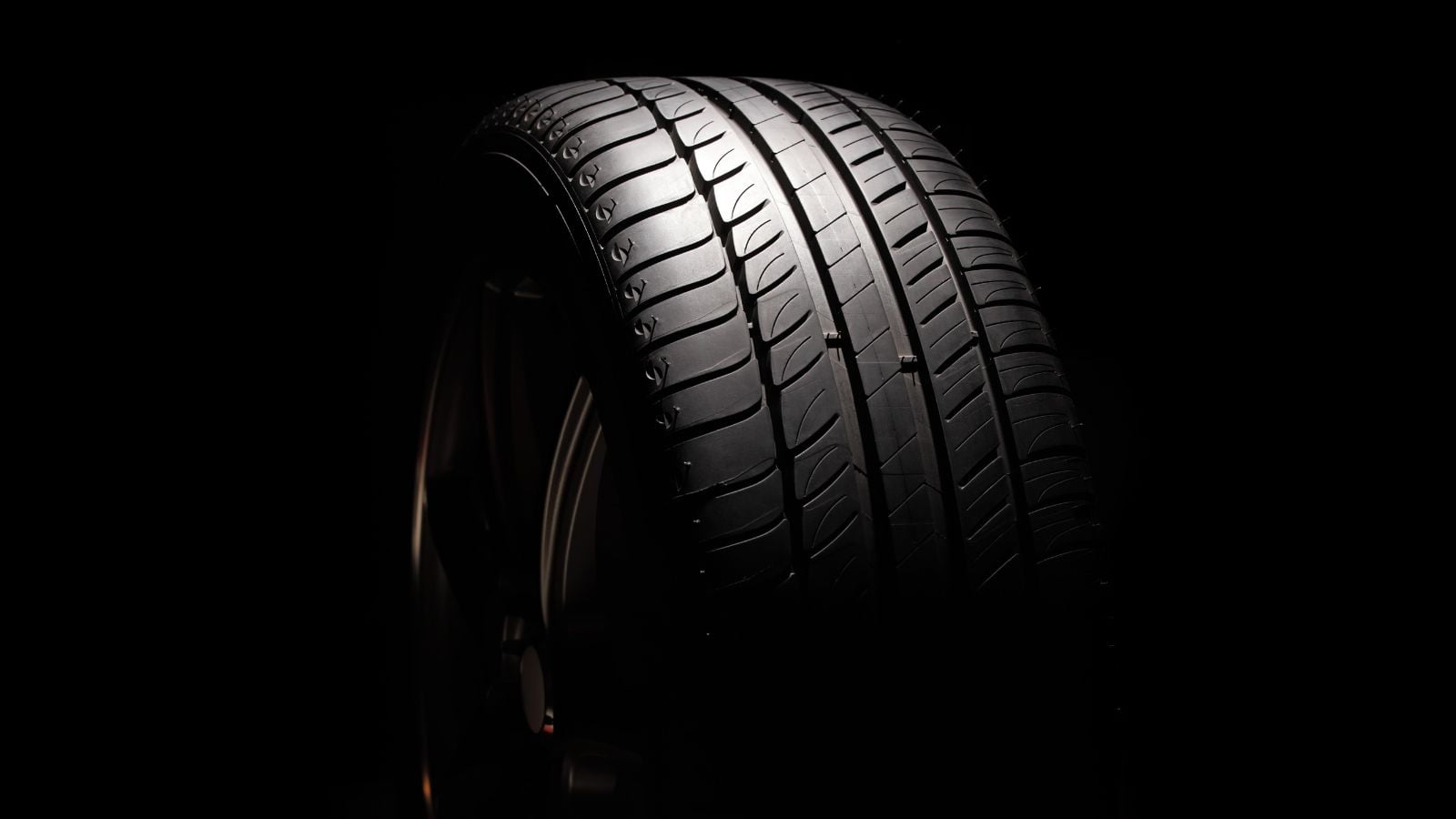
Imported tires from South Korea, China, and parts of Europe could soon face a 9% surcharge, disrupting one of the most essential maintenance categories for Canadian drivers. Whether you’re replacing worn winter tires or outfitting a new set of all-terrains, expect to pay $50–$150 more per set, depending on size and brand. Tire shops warn that budget-friendly options may become scarce, forcing drivers to choose between substandard imports or premium-priced domestic products, as this tariff has the potential to hit almost every household vehicle over the next 12 months.
10% Tariff on Electric Drivetrains
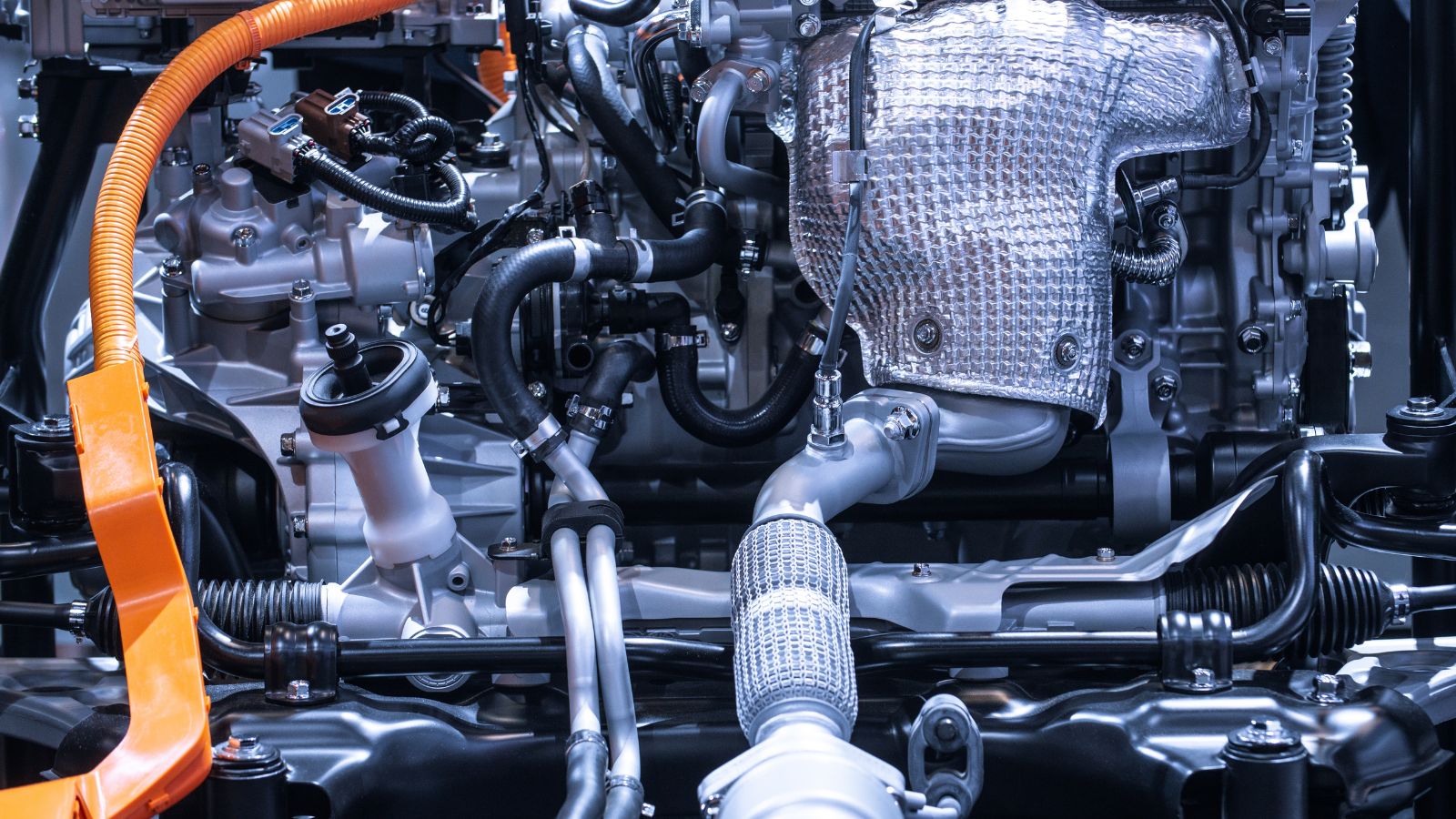
Electric motors and drivetrains are among the most critical and costly components of EVs. A 10% tariff on these parts could disproportionately affect new electric vehicle models from Nissan, Hyundai, and Polestar. Because drivetrains are often imported whole, the impact on final vehicle cost could exceed $5,000, and for Canadian buyers expecting affordability as EVs scale up, this added cost could delay widespread adoption. Automakers may respond by limiting inventory or pushing buyers toward hybrid options instead, slowing progress toward Canada’s 2035 zero-emission vehicle target.
6% Tariff on High-Strength Steel
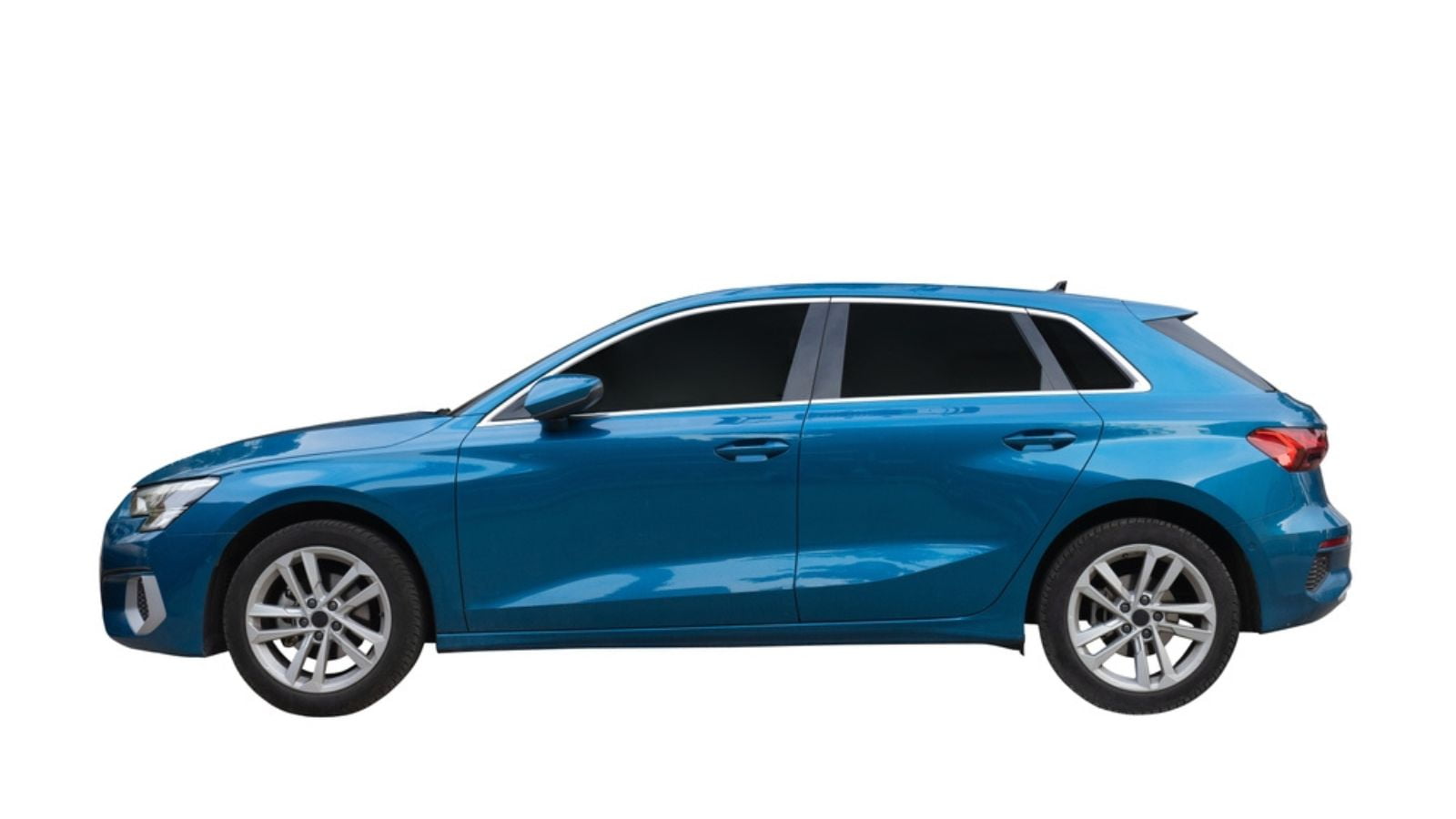
High-strength steel is essential in modern vehicle frames for crash safety and weight reduction, and a 6% tariff on these imports, often sourced from Japan and South Korea, could hike production costs across multiple vehicle segments. Mid-size sedans, crossovers, and even compact cars may become more expensive to manufacture, which manufacturers will pass along to consumers. It also complicates repairs after collisions, where structural parts are needed. For Canadian families buying with safety in mind, the new costs might limit options or push them into pricier trims they hadn’t budgeted for.
11% Surcharge on Climate Control Systems
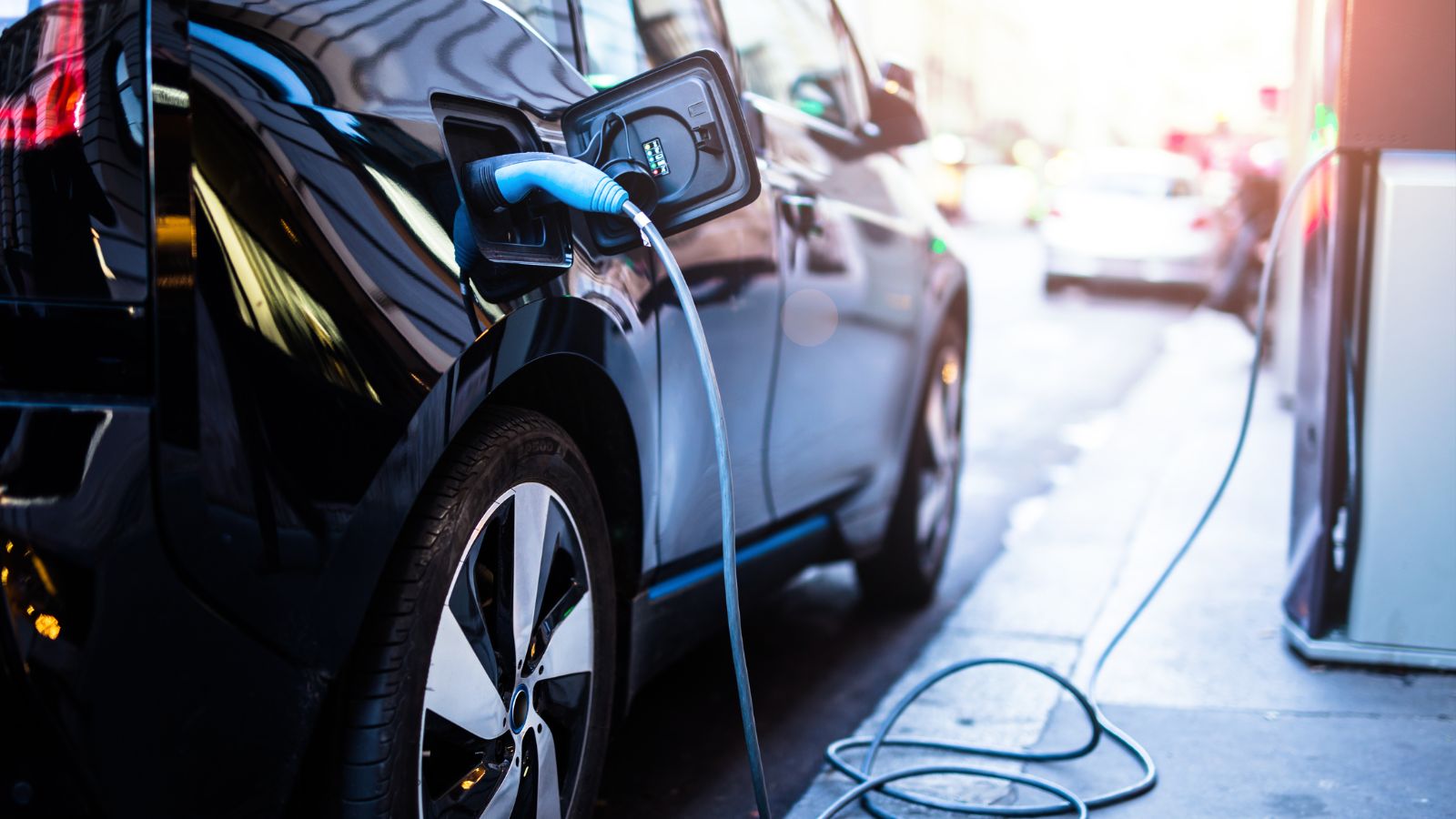
Climate systems, like AC compressors, heat pumps, and cabin filters, are often sourced from specialized European and Asian suppliers. An 11% surcharge could raise the price of replacement parts and, in turn, affect vehicle pricing for cars that include advanced multi-zone systems. EVs and hybrids are particularly vulnerable due to their reliance on efficient HVAC systems to regulate battery performance. For Canadian drivers facing extreme seasonal temperatures, a hike in climate system costs could lead to more expensive vehicle options and even costlier repairs if these parts fail.
4% Tariff on U.S.-Made Compact Sedans
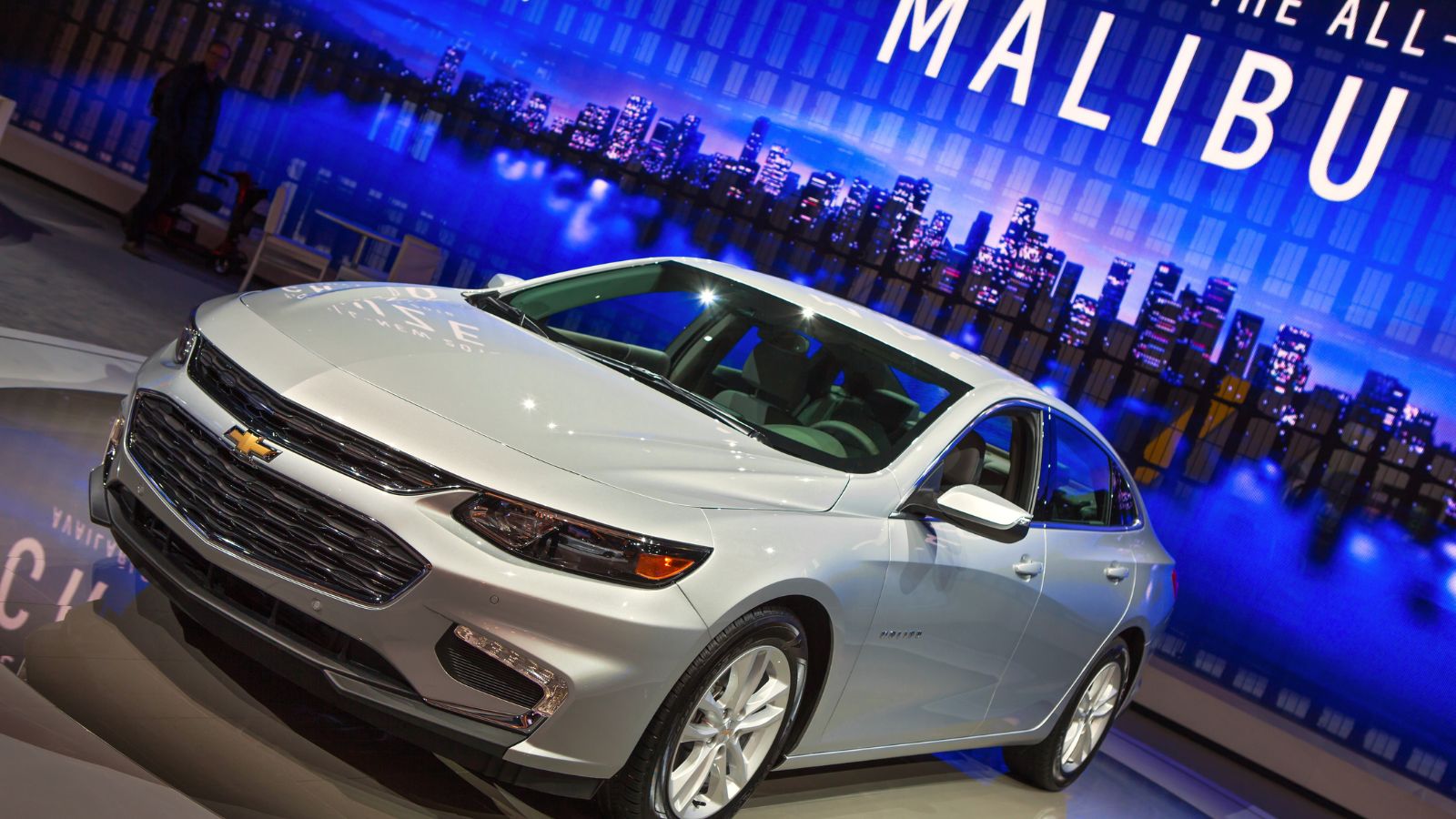
Though less flashy than SUVs or EVs, compact sedans like the Chevrolet Malibu and Toyota Corolla still dominate sales in urban Canada. A 4% tariff may sound small, but it could translate to $1,200-$2,000 hikes on some trims, which is enough to bump monthly payments noticeably. For students, first-time buyers, and cost-conscious commuters, that difference could delay purchases or push them toward the used market, and combined with interest rate pressure, even modest tariffs like this one could price out a significant slice of the Canadian middle class.
5% Tariff on Battery Management Systems
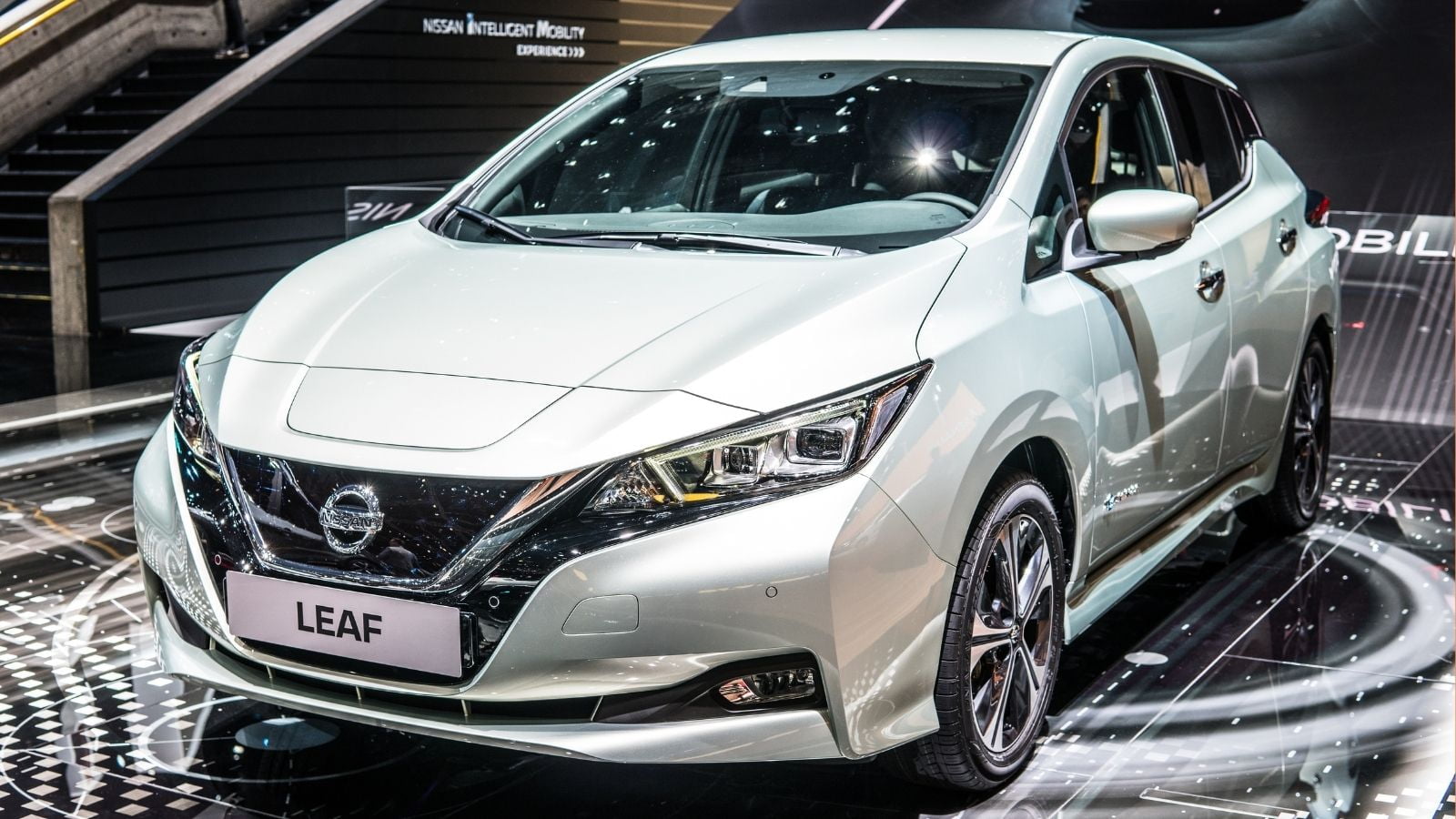
Battery management systems (BMS) control charging efficiency and prevent overheating in EVs and hybrids. A 5% tariff on these modules would increase manufacturing costs for vehicles like the Nissan Leaf, Toyota Prius, and Tesla Model 3. It also affects repair costs if BMS units need to be replaced, which is a growing concern as more EVs age out of warranty. With supply already tight due to semiconductor shortages, this added cost could further slow delivery times and increase the total cost of EV ownership in Canada.
13% Duty on Transmission Assemblies

Transmissions, especially automatic and dual-clutch versions, are among the most expensive components to import. A 13% duty could raise prices on everything from compact Mazdas to high-end Audis. Repair shops would also feel the pinch, with rebuild costs potentially jumping by $1,500-$2,500 depending on vehicle type. For Canadian drivers keeping their vehicles longer to avoid new-car pricing, this tariff could make long-term ownership less sustainable. Experts warn that it may even lead to higher insurance premiums for cars known to carry pricier transmission systems.
10% Tariff on Canadian Re-Exports
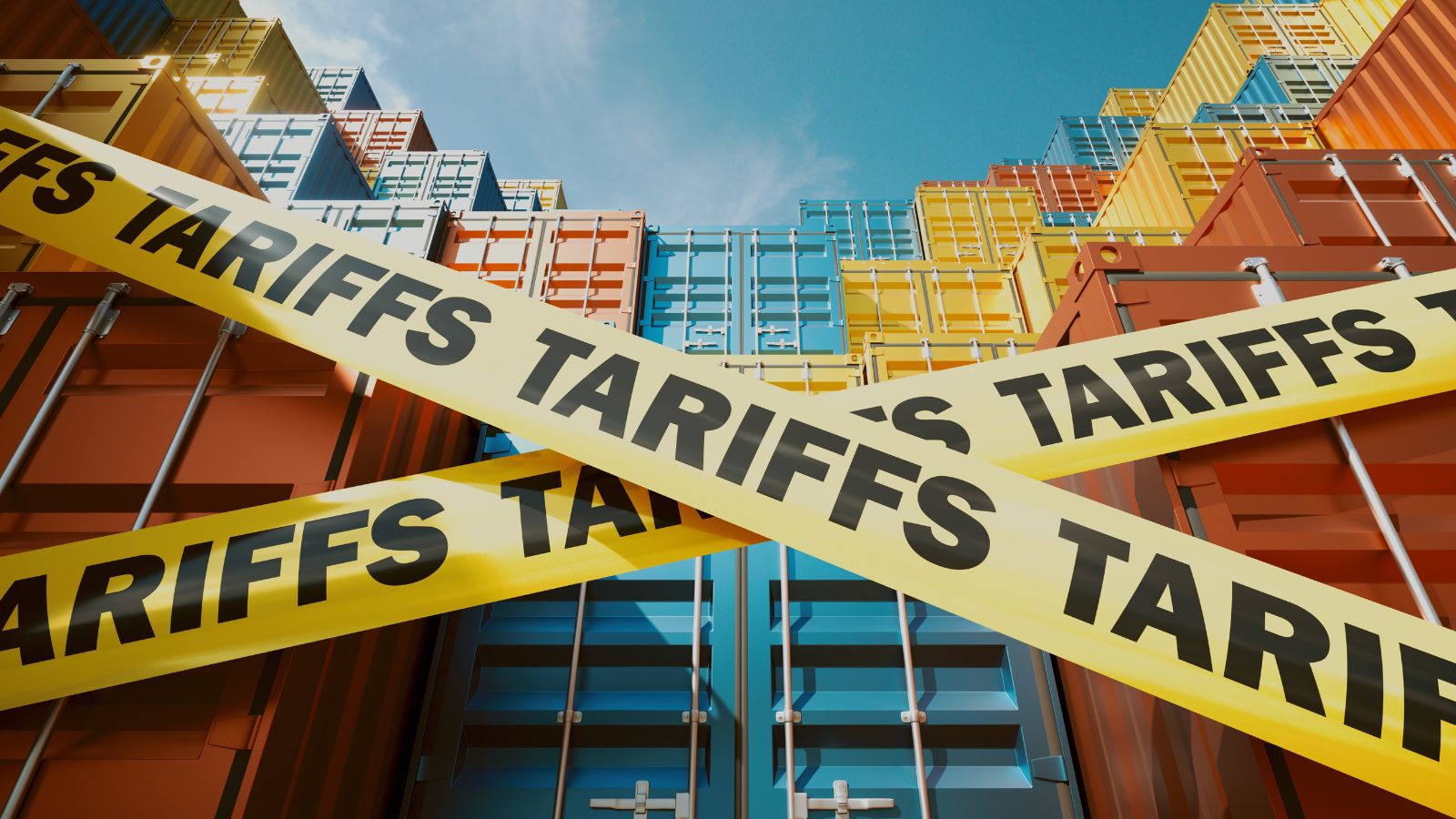
Some Canadian auto businesses import parts or components to customize and re-export vehicles to U.S. clients. A retaliatory 10% tariff on these re-exports would crush already tight margins. The move threatens dozens of small manufacturing and specialty shops across Ontario and Quebec, while for consumers, it could mean fewer custom-built options and fewer high-spec vehicles in local inventories. While not a direct hit to individual buyers, this policy would stifle innovation, shrink supply chains, and raise prices on niche trims that were once available domestically.
8% Duty on Import-Dependent Dealership Inventory
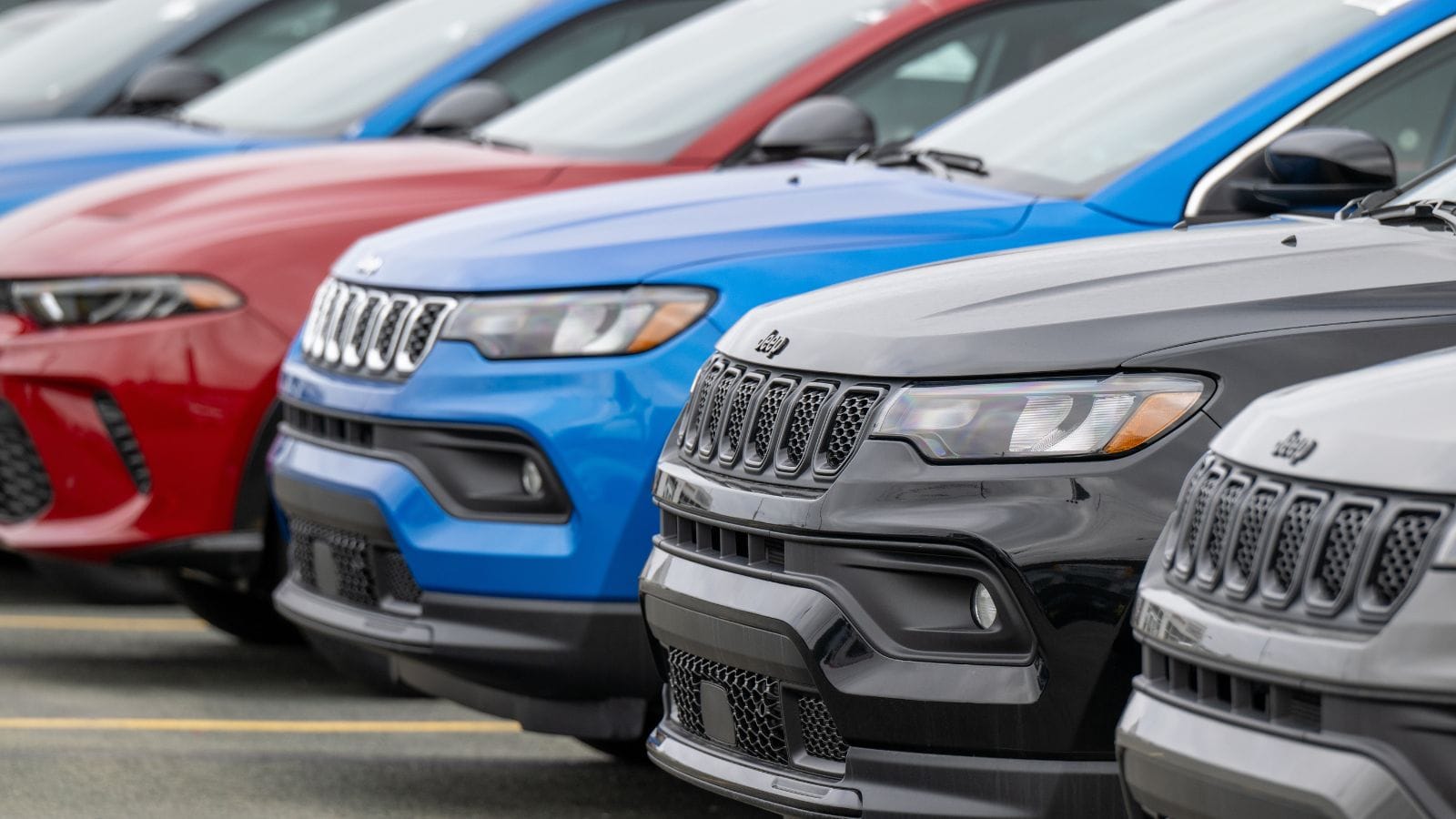
Many dealerships import inventory directly from U.S. lots to meet Canadian demand, especially for high-turnover vehicles and special trims. An 8% duty on this kind of cross-border inventory could reduce selection dramatically. That means fewer colors, longer delivery windows, and rising prices for Canadians wanting specific options. Dealerships may also increase their markups to offset the additional costs, resulting in less choice, higher prices, and a slower buying process across much of the country, particularly in border regions where U.S. imports used to offer faster turnaround.
12% Tariff on Specialty Tool Imports
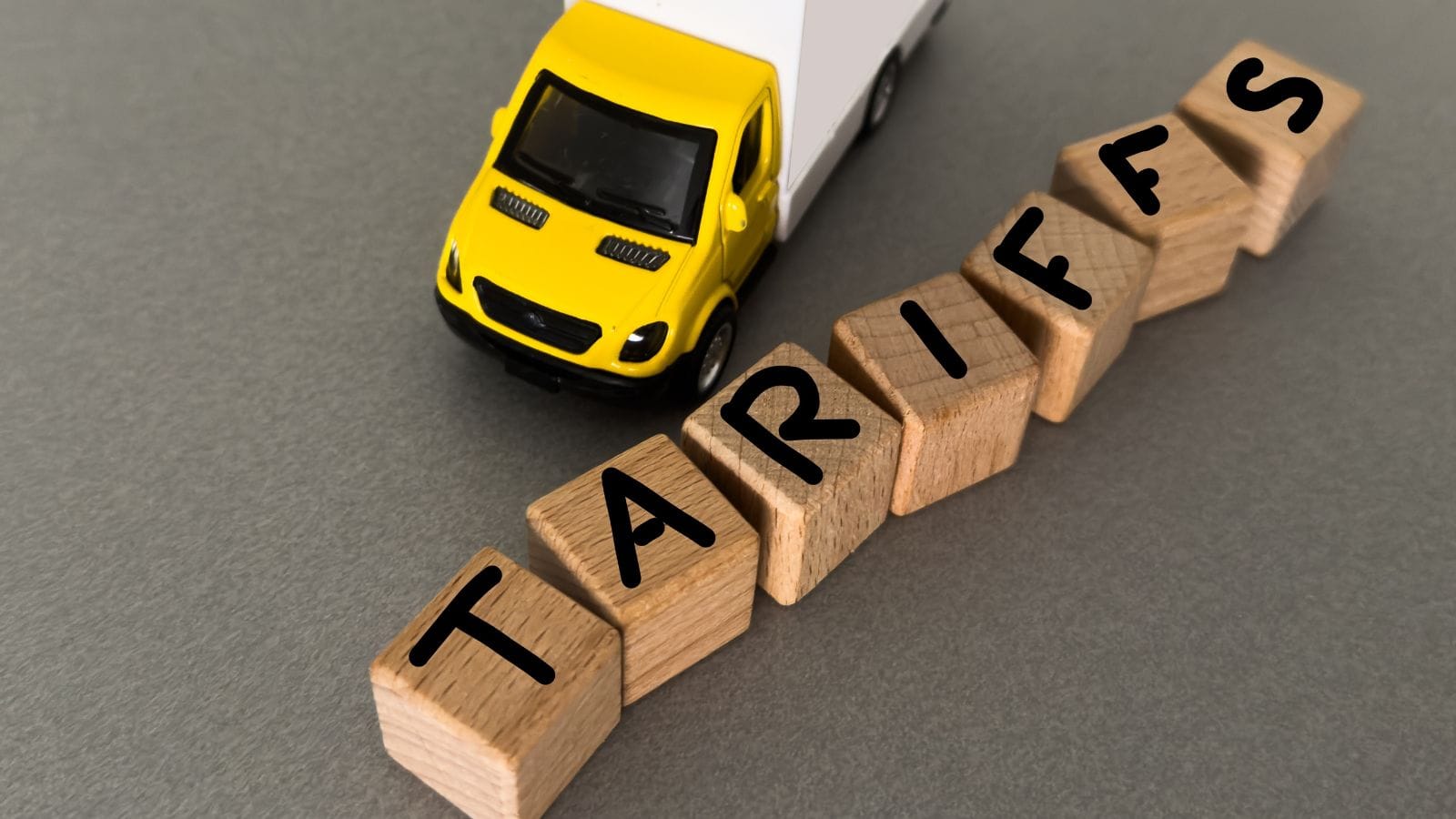
Tariffs on imported automotive tools, which are often needed for diagnostics, EV maintenance, and calibrations, could affect the cost of labor across Canada. A 12% increase in these specialty tools makes it harder for small shops to upgrade their equipment, resulting in longer turnaround times and higher hourly rates. Drivers may begin to notice rising repair bills, fewer mechanics able to service advanced vehicles, and longer waits for diagnostics, which may widen the gap between dealership service costs and independent garage affordability.
21 Products Canadians Should Stockpile Before Tariffs Hit

If trade tensions escalate between Canada and the U.S., everyday essentials can suddenly disappear or skyrocket in price. Products like pantry basics and tech must-haves that depend on are deeply tied to cross-border supply chains and are likely to face various kinds of disruptions
21 Products Canadians Should Stockpile Before Tariffs Hit
